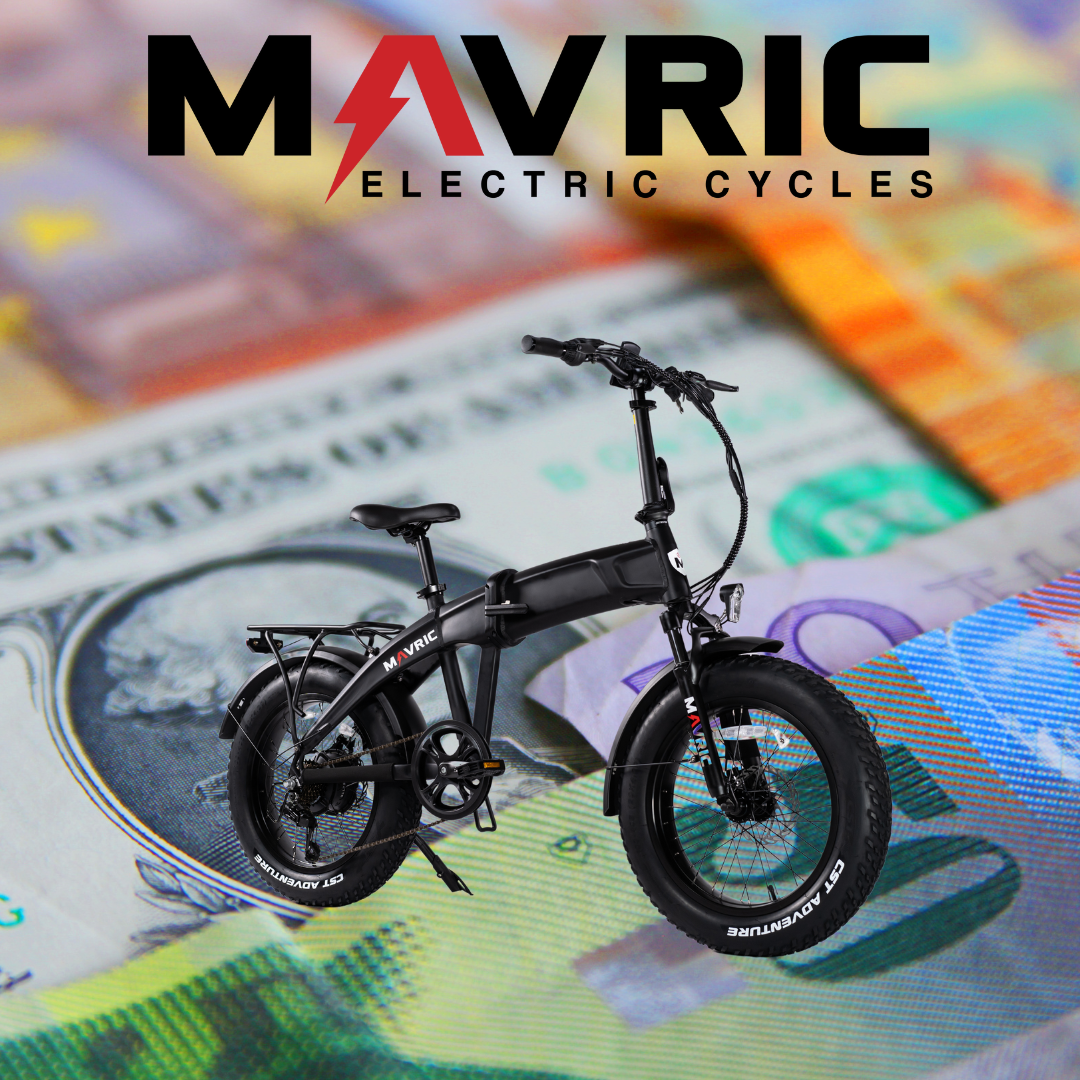The Rise of eBikes in Eco-Friendly Commuting Reinvents Cycling Through The City
Meta-description: Explore the transformative world of eco-friendly commuting, with a focus on how eBikes are revolutionizing urban transportation. Discover the benefits of eBikes and how they contribute to a sustainable future.
In the face of a fast-paced modern world, the face of urban transportation is rapidly evolving. With environmental concerns at the forefront, eco-friendly commuting has taken the spotlight. Of these eco-friendly alternatives, eBikes, or electric bikes, are leading the charge. So, just how are eBikes revolutionizing urban transportation?
Eco-Friendly Commuting: How eBikes are Revolutionizing Urban Transportation
When discussing eco-friendly commuting, eBikes' role in revolutionizing urban transportation can't be overstated. eBikes are designed to integrate the convenience of motorized transport with the ecological benefits of cycling, offering an excellent solution to daily commuting woes. The adoption of eBikes in urban areas is skyrocketing, but why?
Understanding eBikes: A Blend of Manual and Motorized
To fully appreciate how eBikes are transforming urban transportation, it's crucial to understand their unique functionality. eBikes blend manual pedaling with an electric motor's assistance, making commuting more efficient and less physically demanding.
Why eBikes? The Benefits of Electric Bikes
eBikes offer numerous benefits over traditional modes of transportation, including:
- Eco-Friendly: With zero emissions, eBikes contribute significantly to reducing the carbon footprint of urban transport.
- Cost-Efficient: The costs associated with maintaining and charging eBikes are considerably lower than those for cars or motorcycles.
- Health Benefits: eBikes encourage physical activity, improving cardiovascular health and fitness.
- Traffic Reduction: The compact size of eBikes allows for easier navigation in traffic, reducing congestion in cities.
eBikes and Sustainable Urban Planning
Sustainable urban planning has become a priority for city planners worldwide, and eBikes are increasingly becoming a central aspect of these initiatives. Let's explore how.
The Role of eBikes in Reducing Air Pollution
With cities grappling with the adverse effects of air pollution, eBikes offer a breath of fresh air—literally. eBikes can significantly reduce air pollution levels in cities, given their zero-emission nature.
eBikes and Traffic Congestion
As compact vehicles, eBikes can navigate through heavy traffic, reducing congestion on city roads. More eBikes on the road could mean fewer cars, leading to smoother traffic flow.
City Infrastructure and eBikes
Cities worldwide are investing in infrastructure to accommodate eBikes. From dedicated bike lanes to eBike parking stations, urban planning is shifting towards a more eBike-friendly design.
eBikes and the Future of Urban Transportation
The potential of eBikes for the future of urban transportation is immense. Their cost-effectiveness, environmental benefits, and health advantages make them a sustainable choice for city dwellers.
FAQs
- Are eBikes suitable for long commutes?
Yes, eBikes are suitable for long commutes. Most eBikes can travel between 20 to 50 miles on a single charge, depending on the model and battery capacity.
- Are eBikes safe to ride in urban areas?
Absolutely! eBikes are just as safe as traditional bicycles. However, safety depends on both the rider's behaviors and adherence to local traffic laws. Wearing a helmet, using bike lanes, and following traffic rules is recommended for safe commuting.
- How long does it take to charge an eBike?
The charging time for an eBike varies based on the model and the battery capacity. However, on average, it takes between 3 to 6 hours to fully charge an eBike.
- Do eBikes require a license to ride?
In most regions, eBikes do not require a license, unlike motor vehicles. However, regulations may vary depending on local laws, so it's essential to check with local authorities.
- What is the lifespan of an eBike?
The lifespan of an eBike largely depends on how well it's maintained. On average, an eBike can last between 5 to 10 years with proper care and maintenance.
- Can I ride an eBike in the rain?
Most eBikes are designed to withstand light to moderate rain. However, like any electronic device, exposure to excessive water isn't advisable. Therefore, avoid riding during heavy rain or through large puddles.
A Final Thought
As our cities continue to evolve, eco-friendly commuting options like eBikes play a significant role in shaping the future of urban transportation. With their immense benefits and growing support from urban planning, eBikes are indeed revolutionizing the way we navigate our cities. They're not just a fleeting trend; eBikes symbolize a shift towards a more sustainable, healthy, and cost-effective mode of transportation.








Leave a comment
This site is protected by hCaptcha and the hCaptcha Privacy Policy and Terms of Service apply.